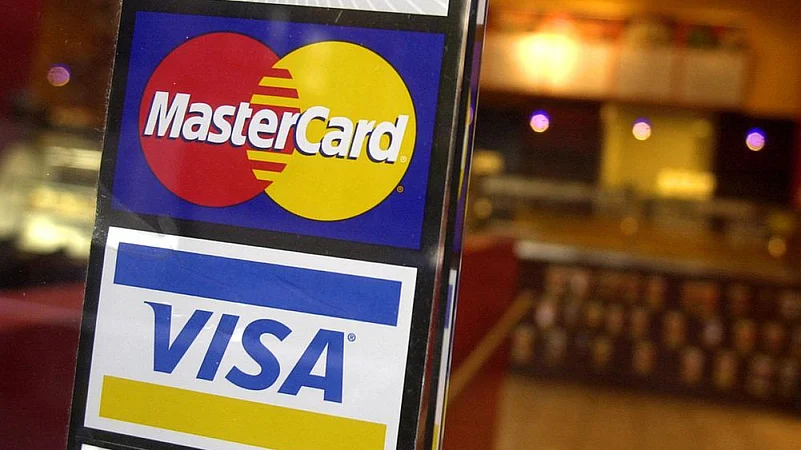It’s that time of the year again when people would be giving in to their desires for festive shopping. More and more people would also be paying their bills, dining out, visiting the ATM; and a lot of that would be done with prepaid cards.
Prepaid cards are typically issued by banks and come with logos such as Visa, Mastercard or American Express. You could purchase your prepaid cards from the bank and use them for shopping and other needs. Prepaid cards can be issued as smart cards, magnetic stripe cards, Internet accounts, online wallets, mobile accounts, mobile wallets, paper vouchers, and any such instrument used to access the prepaid amount.
How Does A Prepaid Card Work
One of the major advantages of prepaid cards is that they are a safe alternative to cash.
First, you need to apply for the card at your bank or order it online. You need to complete the KYC process to receive the card. The bank may need to verify your details, too. Second, you need to load the card with money. Third, you could make a purchase with your prepaid card, just the way you use your debit or credit card. You could swipe your prepaid card at the register or enter your card information for online purchases. Fourth, you could reload the balance once you have spent the balance.
They can be typically be loaded for anything from a few hundred of rupees to up to Rs 50,000.
How Are Prepaid Cards Different From Debit Or Credit Cards
Prepaid cards come with the same convenience of use as debit cards and credit cards. Prepaid cards are accepted in all places where debit and credit cards are accepted. Using a prepaid card helps you plan your future expenses and spend only what is budgeted. This curbs uncontrolled spending.
Says Renu Maheshwari, chief executive officer and principal advisor, Finzscholarz Wealth Manager, and a Sebi-registered investment advisor: “Prepaid cards are good tools to carry or give limited amounts of funds. We find them very useful for giving pocket money to children; giving limited money for spending to hired help; keeping money for discretionary spending if overspending is a problem; and making sure that the amount loaded is not too much if the purpose is to limit the spend.”
However, there are flip-sides to prepaid cards, too.
Says Adhil Shetty, founder, and CEO, of BankBazaar.com, a financial services website: “The downside is that it works similar to a debit card, meaning you need to have funds to spend. Unlike a credit card, you cannot pay back after spending. Also, if you hold a prepaid card loaded with a lot of funds for a long time, those funds remain there without earning any interest. Prepaid cards also have an issuance charge and annual fees, and the issuer may also charge you each time you top up your card, making it more expensive.”
Things to keep in mind before using prepaid cards
The key to using a prepaid card, experts say, is to opt for one with a number of services and a fee structure that suits your needs.
Banks typically charge a nominal fee which issuing a prepaid card. There is an annual fee as well, with most prepaid cards.
It’s important to not get too swayed by any celebrity endorsements. Instead, one must go for a prepaid card that allows direct deposit, has a broad ATM network, and allows online bill playing.
“Look for features that suit your needs. Some prepaid cards let you pay bills online, even setting up automatic monthly payments. Others are specially targeted towards national and international travel, and yet others towards dining and shopping. Choose the one that meets your requirements best. Watch out for fees. While you don’t pay interest on a prepaid card as you do with a credit card, there are a number of fees including reloading fees and cash withdrawal fees, especially for out-of-network ATM withdrawals, charges for overseas use, etc. So look around, compare different cards from different issuers, and read the terms and conditions before you actually apply for one,” adds Shetty.














